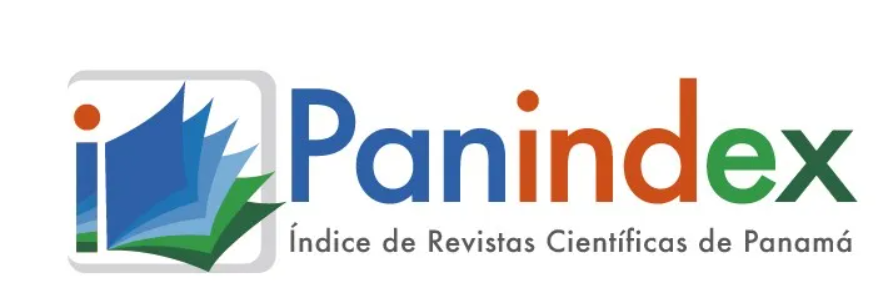The content of the publications and the links suggested in them are the sole responsibility of the authors and not of the METROPOLITAN UNIVERSITY OF EDUCATION, SCIENCE AND TECHNOLOGY (UMECIT) or CATHEDRA magazine. They are protected by international copyright laws just as the UMECIT and CATHEDRA logos, hence their reproduction is totally prohibited
This work is licensed under a Creative Commons Attribution-NonCommercial-NoDerivatives 4.0 International License.
The authors maintain the copyright and transfer the right of the first publication to the journal, with the article registered with Creative Commons Attribution-NonCommercial-NoDerivatives License, which allow others They can download the works published in this magazine and share them with other people, as long as their authorship is recognized, but they cannot be changed in any way nor can they be used commercially.
Authors are recommended to include their work in social networks such as Researchgate and institutional repositories once the article or visible fact has been published on the journal page, without forgetting to include the digital document identifier and the name of the journal.



Abstract
The means of expert evidence was previously little known or publicly spread, however, with the technological advances and new trends and fields in which personal, commercial and legal relationships develop, have led to the strengthening of its usage and it has been incorporated as the rest of the evidence as a more conclusive, precise and effective means of proof and thus it can bring light on the elements that the judges may not know or it may help to obtain an appreciation closer to the object of the opinion, although the court has the faculty to depart from the criterion stated in the expert opinion, as long as a point of view can be correctly substantiated. In present times, the legal expert within the Accusatory Criminal System is an essential means of proof for the adequate substantiation of the arguments of the litigants and the correct resolution by the Judge.
Keywords
References
Guerra M, S. (2015). La Prueba: Columna Basal del Juzgamiento. Recuperado el 1 de diciembre de 2018, visible en: https://www.panamaamerica.com.pa/opinion/la-prueba-columnabasal-del-juzgamiento-999142
Hernández Sampieri, R.; Fernández Collado, C.; Baptista Lucio, P. (2014). Metodología de la Investigación. México: Mc Graw Hill.
Houed, M. (2007). La Prueba y su valoración en el proceso penal. Instituto de Estudio e Investigación Jurídica (INEJ). Nicaragua.
Instituto de Medicina Legal y Ciencias Forenses (IMELCF). (2015). Directorio de Servicios Periciales. Punto Gráfico, S.A.
Machado Eschiaffino, C. (1999). Vademécum Pericial. Ediciones la Rocca, Buenos Aires, Argentina.
Mizrachi & Pujol, S.A. (2018). Código Procesal Penal de la República de Panamá. Editorial M&P.
Pabón, P. P. (2006). La Prueba Pericial, Sistema Penal Acusatorio. Librería Jurídica Sánchez R. Ltda. Medellín, Colombia.
Parra Q, J. (1991). Tratado de la Prueba Judicial – La Prueba Pericial, Tomo V. Primera Edición. Ediciones Librería del Profesional, Bogotá, Colombia.
Peritos Judiciales Online. (2018) Peritos, recuperado el 21 de noviembre de 2018, visible en: www.peritos.online
Rodríguez, C. (2013). Intervención del Perito en el Juicio Oral. Revista Cathedra, Universidad Metropolitana de Educación, Ciencia y Tecnología. (UMECIT).
Rodríguez, G. M. (2010). Manual Básico del Perito Judicial. Primera Edición. Librería Dykinson, Madrid, España.
Vázquez, C. (2015). De la prueba científica a la prueba pericial. Marcial Pons. Madrid, España.
Downloads
Publication Facts
Reviewer profiles N/A
Author statements
- Academic society
- Universidad Metropolitana de Educación, Ciencia y Tecnología
- Publisher
- Universidad Metropolitana de Educación, Ciencia y Tecnología




















